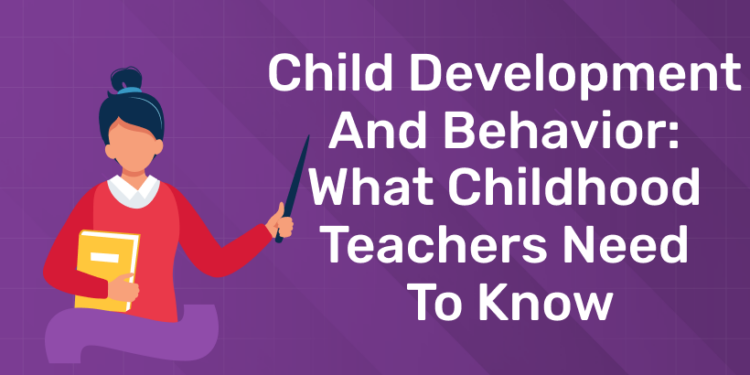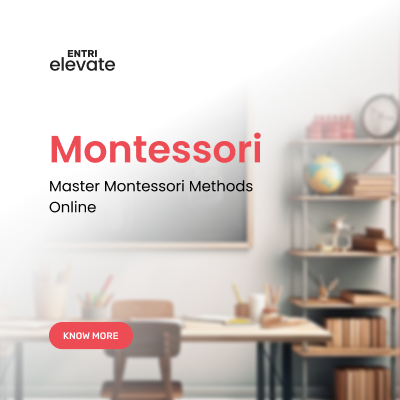Patience
Patience means guiding children calmly through their impulsive moments. It’s important to explain things clearly and without frustration. This helps children understand better and creates a supportive environment. Consistent patience builds trust and cooperation between teachers and students.
Passion for Teaching
Passion for teaching comes from a deep love for educating young minds. This strong motivation helps teachers engage fully with their students. Passionate teachers make learning enjoyable and effective. Their enthusiasm inspires and motivates students.
Love for Young Children
Loving young children involves appreciating their unique personalities. Understanding these differences helps build strong connections. Teachers who love working with children create a positive classroom atmosphere. This love makes children feel valued and understood.
Caring and Compassion
Caring and compassion mean showing warmth and kindness to children. Genuine care helps children feel safe and supported. Compassionate teachers can better meet their students’ needs. This approach builds a trusting and respectful classroom environment.
Flexibility
Flexibility means being ready to change plans as needed. An adaptable approach helps teachers respond to their students’ evolving needs. This ensures teaching remains effective and relevant. Flexibility also involves adjusting schedules to fit the children’s learning pace.
Empathy
Empathy is about understanding children’s emotions and connecting with them. Recognizing their feelings helps build strong relationships. Empathetic teachers create an inclusive and understanding classroom. This connection makes students feel heard and valued.
Creativity
Creativity involves using arts, stories, games, and movement to engage children. Creative teaching methods make learning fun and interesting. They help develop critical thinking and problem-solving skills. Engaging activities capture children’s attention and enhance learning.
Organization
Organization means establishing routines and keeping things orderly. A structured environment helps children feel secure. Efficient management allows teachers to handle multiple tasks smoothly. An organized classroom creates a productive learning space.
Communication Skills
Communication skills involve speaking clearly and listening attentively. Effective communication helps convey information accurately. Teachers need to adapt their communication style for different audiences. Clear communication fosters understanding and cooperation.
Dedication
Dedication means staying committed to helping children learn and grow. Dedicated teachers embrace their responsibilities and challenges. This commitment leads to continuous improvement in teaching. Dedicated teachers ensure children receive the best possible education.
How to Become an Early Childhood Educator?
Personal Qualifications
To be an early childhood educator, you need patience, creativity, sensitivity, and good communication skills. These traits help manage young children and create a positive learning environment. Connecting with kids is crucial for keeping them engaged in learning. Effective communication with children and parents is also important.
Educational Requirements
Check your state’s certification requirements for becoming an early childhood educator. Usually, an associate’s degree is the minimum needed for many preschool roles. A bachelor’s degree is often required for Montessori schools or teaching up to third grade. Advanced degrees like a master’s can improve career opportunities.
Certification
You need a state teaching license to work as an early childhood educator. Credentials like the Childhood Development Associate (CDA) are widely recognized. National certification from organizations like NCATE can enhance job prospects. Montessori schools require specific training for certification.
Career Development
Gaining practical experience is essential for career growth. Starting as a teaching assistant helps you learn classroom skills. Continuing education through courses and workshops keeps you updated with new teaching methods. This ongoing learning helps you provide better support to young learners.
Advantages of Knowing What Childhood Teachers Need
1. Setting Realistic Expectations
- Age-Appropriate Goals: Set achievable learning objectives.
- Tailored Curriculum: Plan lessons that fit children’s stages of development.
2. Personalized Support
- Recognizing Needs: Identify strengths and weaknesses.
- Adapting Teaching: Adjust methods to match individual learning styles.
3. Early Intervention
- Spotting Issues Early: Detect developmental delays.
- Timely Support: Implement early help with parents and specialists.
4. Effective Classroom Management
- Positive Environment: Maintain a supportive classroom.
- Behavior Management: Understand and manage typical behaviors.
5. Building Strong Relationships
- Connecting with Students: Enhance relationships by addressing individual needs.
- Parental Communication: Communicate effectively with parents.
6. Supporting Holistic Development
- Comprehensive Growth: Monitor cognitive, emotional, physical, and social development.
- Meeting Milestones: Ensure children reach key developmental milestones.
7. Enhanced Teaching Skills
- Continuous Improvement: Use knowledge to refine teaching practices.
- Professional Growth: Stay updated with latest research and techniques.
Challenges of Early Childhood Teachers
1. Managing Diverse Needs
- Varied Learning Styles: Catering to different learning needs.
- Special Needs Support: Helping children with disabilities.
2. Classroom Management
- Behavior Issues: Handling disruptive behaviors.
- Engagement: Keeping kids focused.
3. Parental Involvement
- Effective Communication: Talking with parents about progress.
- Managing Expectations: Aligning with parents’ expectations.
4. Resource Constraints
- Limited Materials: Not enough teaching resources.
- Budget Issues: Lack of funds for activities and supplies.
5. Emotional Demands
- Stress and Burnout: High stress levels.
- Emotional Attachment: Balancing personal feelings and professionalism.
6. Professional Development
- Staying Updated: Keeping up with new teaching methods.
- Ongoing Training: Finding time for training.
7. Administrative Tasks
- Paperwork: Handling a lot of documentation.
- Time Management: Balancing teaching and administrative duties.
8. Cultural Sensitivity
- Diverse Backgrounds: Respecting different cultures.
- Inclusive Curriculum: Creating inclusive lesson plans.
9. Health and Safety
- Safety: Keeping the environment secure.
- Health Issues: Managing and preventing illness.
10. Balancing Work-Life
- Time Management: Balancing work and personal life.
- Stress Management: Finding ways to reduce stress.
Start your journey to becoming a certified Montessori teacher! Get free Demo Here!
Solutions for Challenges of Early Childhood Teachers
Managing Diverse Needs
Teachers can tailor lessons to suit different learning styles, ensuring all students can understand and participate effectively. Specialized training equips educators with skills to support children with disabilities, promoting inclusivity in the classroom environment.
Classroom Management
Clear and consistent rules help maintain order and discipline, while interactive activities keep children engaged in learning. Establishing a positive learning environment through structured activities fosters active participation among students.
Parental Involvement
Regular communication and scheduled updates with parents build a strong partnership in supporting children’s education. Workshops for parents offer insights into classroom activities and encourage involvement in their child’s learning journey.
Resource Constraints
Creative use of DIY materials and online resources helps overcome limitations in classroom supplies. Seeking grants and donations supports teachers in providing enriching learning experiences for their students.
Emotional Demands
Teachers manage stress by establishing self-care routines and seeking support from colleagues. Building a supportive network within the teaching community enhances emotional resilience and professional growth.
Professional Development
Utilizing online courses, webinars, and workshops allows teachers to continuously improve their skills. Joining professional associations provides access to resources and networking opportunities for ongoing learning.
Administrative Tasks
Efficient documentation systems streamline administrative duties, allowing teachers to focus more on teaching. Delegating tasks and sharing responsibilities among staff members helps manage workload effectively.
Cultural Sensitivity
Attending cultural competence workshops helps teachers appreciate and integrate diverse cultural perspectives into the classroom. Using inclusive teaching materials promotes a welcoming and respectful learning environment for all students.
Health and Safety
Regular practice of safety protocols ensures a safe learning environment, while promoting good hygiene habits among students prevents illnesses. Prioritizing health and safety measures supports children’s overall well-being.
Balancing Work-Life
Effective time management tools and engaging in personal activities outside of work help teachers maintain a healthy work-life balance. Balancing professional responsibilities with personal well-being ensures teachers can bring their best to the classroom.











